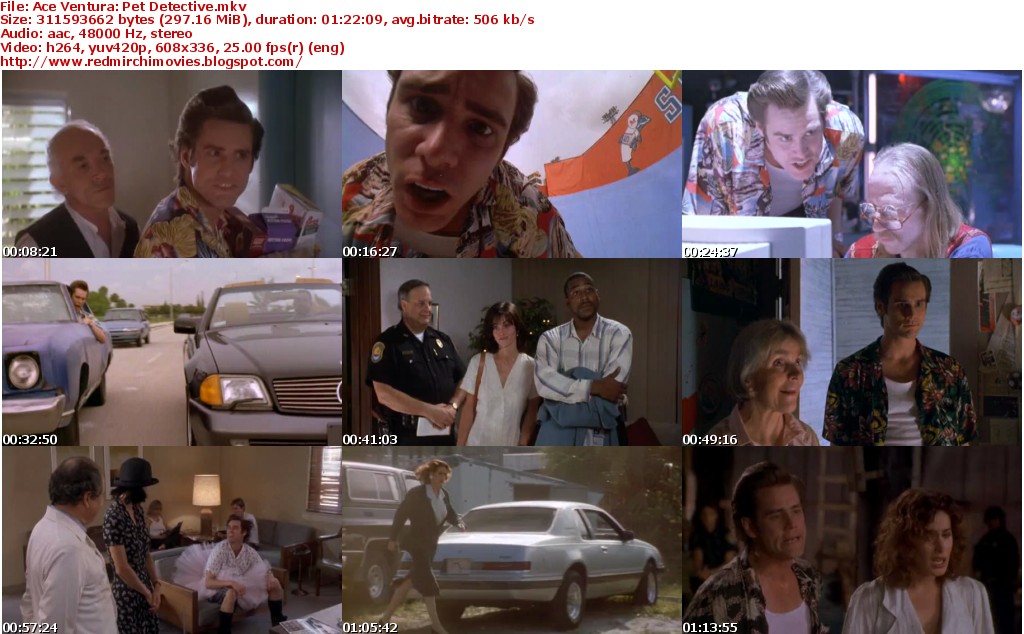

But the year before, after objecting to Fox’s meddling, ILC creator Keenen Ivory Wayans had left his own show, leaving it in a state of uncertainty. “I need to talk to you,” Jim Carrey said somberly.īy then, Carrey had spent four-plus seasons blowing audiences away with his uncanny celebrity impressions (Robin Williams, Jay Leno, even Cher) and zany original characters (Fire Marshall Bill). It was early 1994, and, in the midst of trying to shepherd In Living Color through its tumultuous final stretch, the sketch show’s executive producer got a phone call. Pam Veasey thought that something was seriously wrong. Welcome to Part 2 of Comedy in the ’90s, our six-part series documenting this decade-defining boom in all of its sophomoric glory. What followed was a true golden age of Hollywood comedy that saw the arrival of megastars still with us today, a commercial explosion, and then, an eventual splintering that changed the genre forever.
.jpg)
"There's a learning curve for all of us.Nearly 30 years ago, a handful of smart people set out with one mission: to make some silly movies. "In this day and age, it would probably not be done the same way," he told the Television Critics Association during a 2019 interview (via Showbiz CheatSheet). Of course, as conversations about the representation of sexuality and gender have evolved, it's become increasingly clear to a mainstream audience just how much this transphobic and homophobic plot twist is in bad taste, to say the least. This late change to the plot probably explains why the twist comes across as so jarring in the film - it's hard to believe that Sean Young of all people could have been a beefy football kicker, but with all the other goings on in this film it just barely works. As if the plot twist itself didn't make this clear, the Boy George song "The Crying Game" plays while Ace burns his clothes and showers in disgust.


According to Tom Shadyac in the director commentary, this was a last-minute decision that was made near the end of filming.


 0 kommentar(er)
0 kommentar(er)
